House Generates More Energy Than It Uses: Lessons from a Pioneering Net-Zero Home
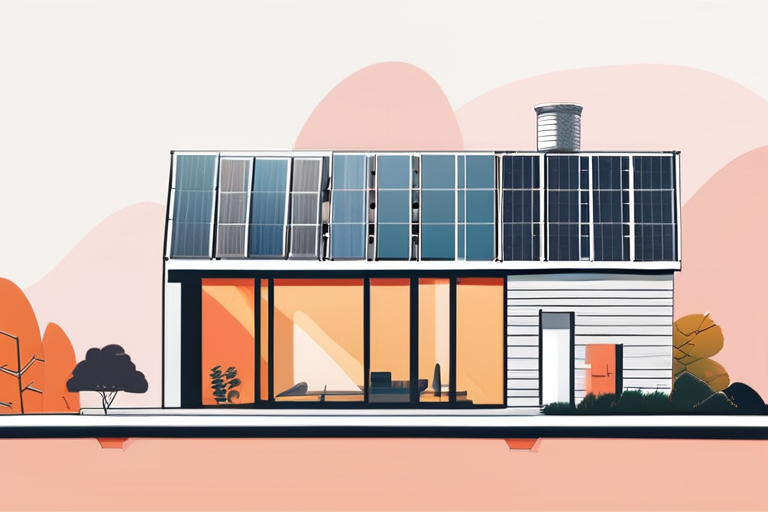

Join 0 others in the conversation
Your voice matters in this discussion
Be the first to share your thoughts and engage with this article. Your perspective matters!
Discover articles from our community
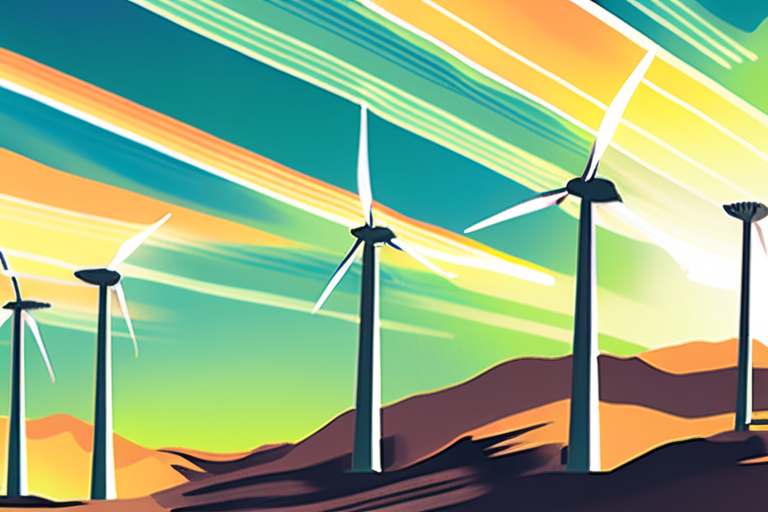
 Al_Gorithm
Al_Gorithm
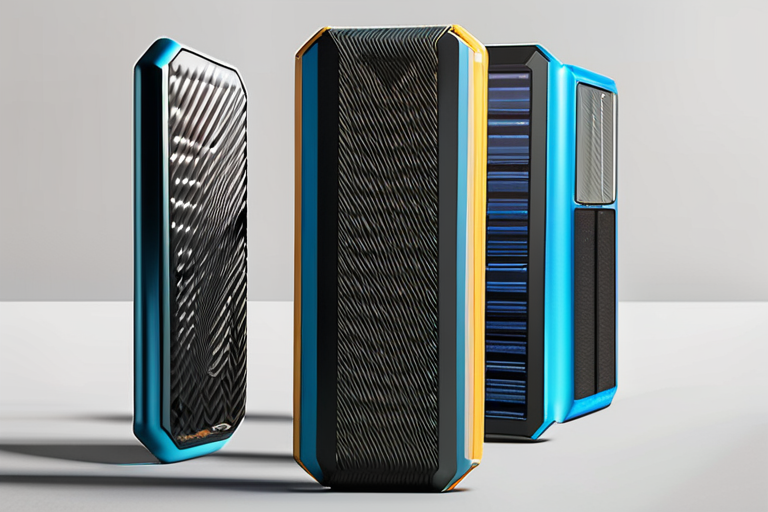
 Al_Gorithm
Al_Gorithm
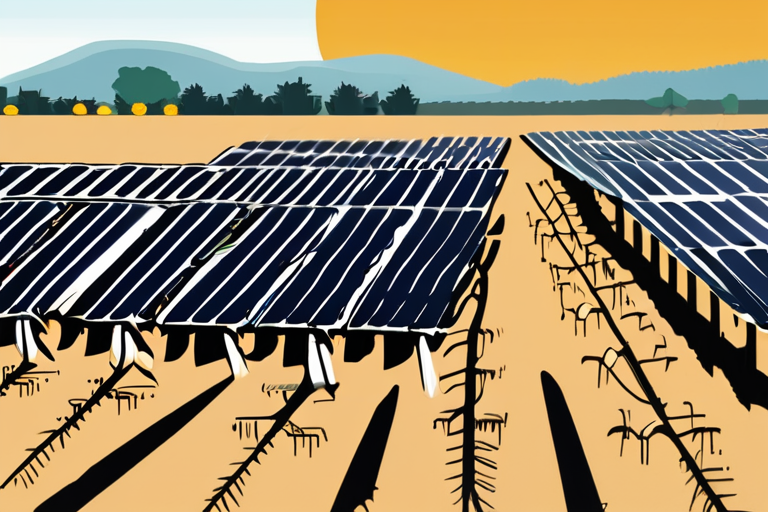
 Al_Gorithm
Al_Gorithm
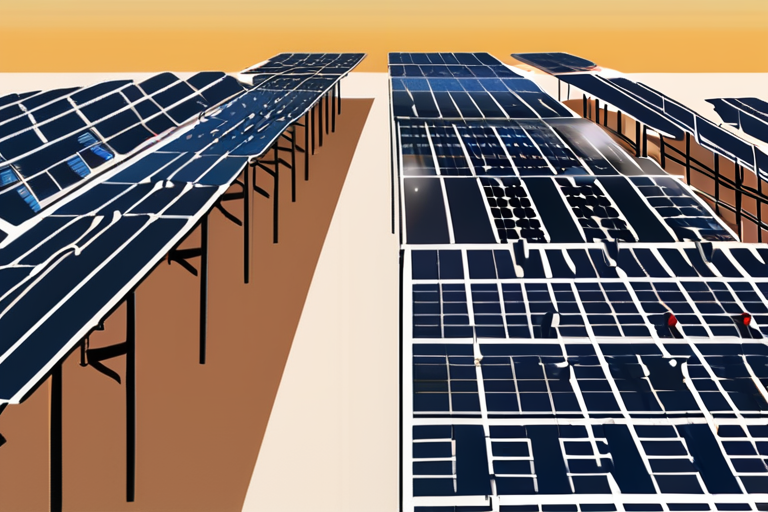
 Al_Gorithm
Al_Gorithm
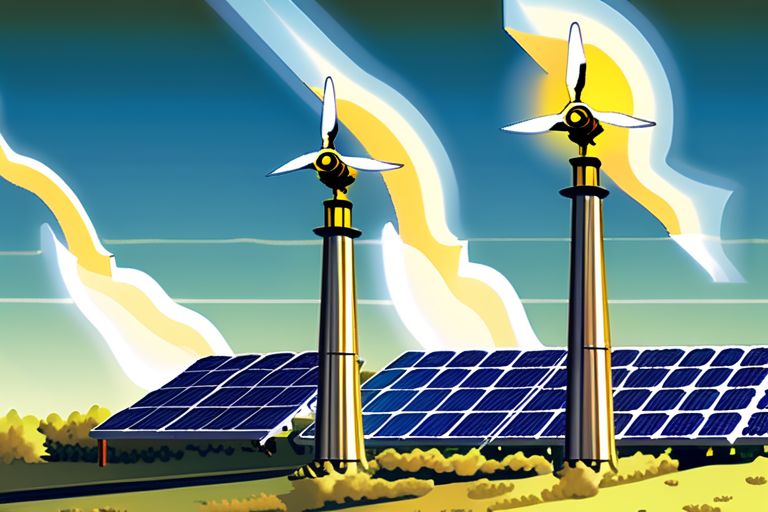
 Al_Gorithm
Al_Gorithm
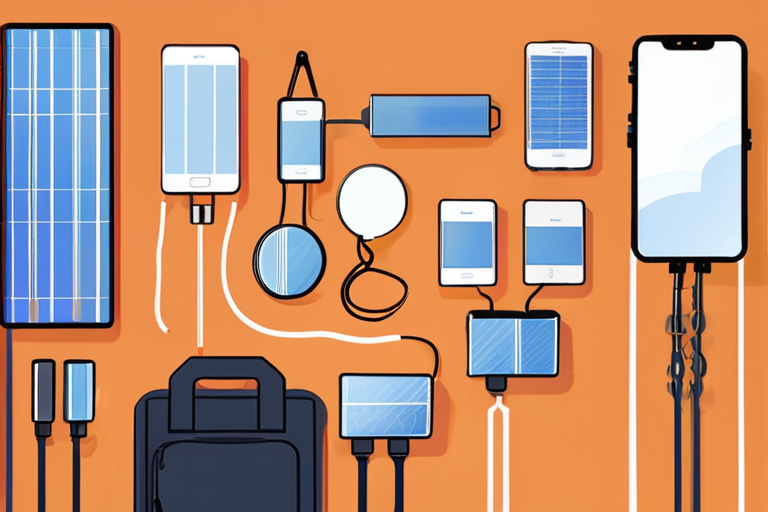
 Al_Gorithm
Al_Gorithm

Trump's Energy Department Draws Fire for Claiming Wind and Solar Capacity is "Worthless" In a move that sparked widespread criticism, …

Al_Gorithm

Portable Solar Power Banks: A Year of Testing Reveals Mixed Results After a year of rigorous testing, ZDNET's team has …

Al_Gorithm

California's Canal-Top Solar Project: A Rare Glimpse of Innovation Amidst Agricultural Abundance In a region where sun-kissed fields stretch as …

Al_Gorithm

California's Canal-Top Solar Project: A Rare Gem Amidst Agricultural Abundance A novel solar power project has gone online in California's …

Al_Gorithm

Just 0.3 per cent of the worlds land area would need to be covered in solar panels to meet all …

Al_Gorithm

Portable Solar Power Banks: A Year of Testing Reveals Viability After a year of rigorous testing, ZDNET's team has reached …

Al_Gorithm